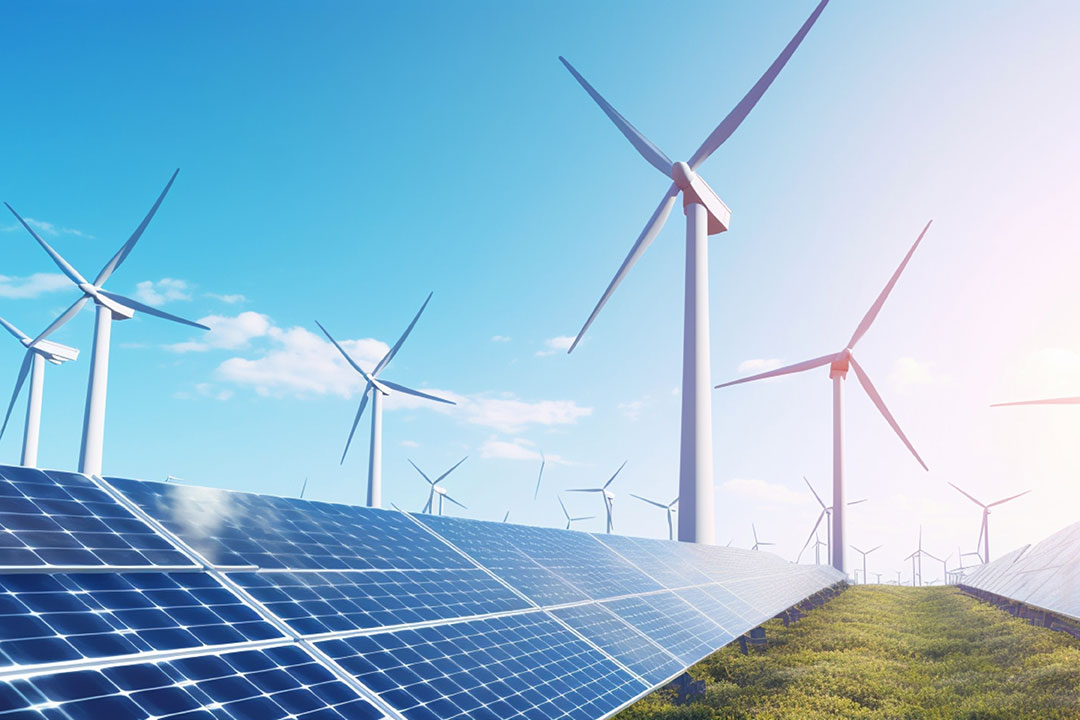
Upgrade to High-Speed Internet for only ₱1499/month!
Enjoy up to 100 Mbps fiber broadband, perfect for browsing, streaming, and gaming.
Visit Suniway.ph to learn
 PHILIPPINE STAR/MIGUEL DE GUZMAN
PHILIPPINE STAR/MIGUEL DE GUZMANBy Gonzalo J. Varela
GROWING FAST and creating good jobs these days? It’s like running uphill.
Just as countries were beginning to emerge from the COVID-19 shock — still carrying debt overhangs and grappling with learning losses, the world economy started to slow. By 2027, global GDP growth is expected to average just 2.5% in the 2020s — the slowest pace of any decade since the 1960s.
Climate change is taking an increasing toll, especially on vulnerable economies. Technological disruptions — from AI to automation — are reshaping labor markets and threatening to weaken the link between growth and job creation if appropriate policy measures are not deployed. And geopolitical fragmentation is making the global environment less conducive to trade, investment, and knowledge diffusion, even if regional integration remains strong within the Association of Southeast Asian Nations (ASEAN) and East Asia and the Pacific region (EAP).
For countries like the Philippines, these headwinds compound a perennial challenge: sustaining fast, inclusive growth after reaching middle-income status — a challenge often referred to as the middle-income trap. But difficult doesn’t mean impossible.
REPORT: PROGRESS IS ACHIEVABLE
The World Bank’s Growth and Jobs report: “Running Uphill: Growth Jobs, and the Quest for Productivity,” shows that progress is achievable for the Philippines. Drawing on a wide array of data sources and cutting-edge methods, the report examines how the Philippines has performed in generating growth and jobs over recent decades, what worked, what didn’t — and what can be done to sustain progress. The results are compelling: if a bold reform agenda is implemented, the Philippines could grow by an average of 6.8% annually through 2040, generating 5.1 million additional jobs and increasing real wages by 12.9% above what would occur under business-as-usual trends.
How did the recent growth spurt happen? After decades of sluggish growth, the Philippine economy accelerated in the 2010s. GDP growth rose from an average of 2.8% in the 1990s, to 4.4% in the 2000s, and to 5.2% since 2010. Over 11.7 million jobs were created. Wage employment expanded, and real wages rose by about 20%. This transformation was anchored in a killer combination: increased public investment and pro-investment reforms to mobilize private capital. Public infrastructure spending rose from 3% to 5% of GDP, while reforms ensured macroeconomic stability, improved credit ratings, and attracted private capital. These reforms took place in a context of high returns to capital, given the country’s large infrastructure gap, helping to crowd in private investment, which grew from 14% to 18% of GDP.
There are four features of this growth and job creation.
First, growth was spatially balanced. A significant share of job creation came from regions beyond Metro Manila. Infrastructure investment, especially in inter-island connectivity, helped extend economic opportunity to areas that had long been left behind.
Second, the growth surge was driven by investment rather than productivity. Capital deepening powered the expansion, but human capital and total factor productivity remained flat. Two of the economy’s three core growth engines — people and innovation — have yet to be activated.
Third, there was structural transformation: jobs moved from low-productivity agriculture to slightly higher-productivity services and construction. But the most productive firms, the ones that pay higher wages, did not expand. In manufacturing, they even shed jobs. This reflects not just a constraint on wage growth, but a deeper problem of resource misallocation that weighs on aggregate productivity.
Fourth, the economy became more inward-oriented. The real appreciation of the exchange rate, coupled with high costs in key enabling services like energy, transport, and logistics, made exports less competitive and tilted growth toward domestic sectors. The share of exports in GDP declined from 33% to 27%. The number of exporting firms fell by 23% over the past decade, and construction and domestic services took center stage.
WHAT WORKED AND WHAT DID NOT
Taking stock of these growth patterns allows us to identify the policy levers needed to sustain what worked — and fix what didn’t. The report outlines a detailed and actionable reform roadmap. At a high level, it rests on three pillars.
First, invest in foundational infrastructure — physical and digital. Connectivity must continue to support spatial convergence, as disparities across provinces remain high. But building capabilities is just as essential. Educational quality, skills development, and lifelong learning are critical, especially in an era where technological change is rapid and uneven. Foundational skills are more important than ever to turn on the productivity engine.
Second, simplify business regulations to promote entry and competition. Markets must become more contestable. While many de jure barriers to business have been removed, de facto barriers remain — through complex permitting, inspections, and opaque enforcement. These limit the ability of high-performing firms to grow and discourage new entrants. Removing these barriers — especially in energy, logistics, and transport — will also help domestic firms integrate more effectively into global and regional value chains.
Third, mobilize private capital by addressing market failures. Beyond foundational infrastructure and business climate reforms, the Philippines needs to unlock greater flows of private investment, especially into high-potential, riskier areas like innovation, green technologies, and export-oriented production. This requires tackling persistent constraints that deter capital from flowing where it’s needed most. Reducing trade and investment costs through deep trade agreements is essential but so is enabling smaller or newer firms to connect to regional and global value chains. Mobilizing risk capital means supporting financial instruments that back technology adoption, startup growth, and supply chain integration. Without these, productive firms remain undercapitalized, and the economy fails to shift toward more dynamic, higher-value sectors.
The report estimates that implementing this reform package could increase the Philippines’ long-term growth rate by an average of 6.8% annually and accelerate job creation and real wage growth. That would bring the country significantly closer to AmBisyon Natin 2040: “a middle-class society where no one is poor.”
The past decade shows that with the right mix of investment and reform, progress is not just possible, it’s scalable. What worked can be deepened and amplified, what did not can be adjusted. But global conditions have changed. The world is not going to make the next leap easier. But we can.
Gonzalo J. Varela is the World Bank’s lead economist and program leader for the Prosperity Unit covering the Philippines, Malaysia, and Brunei. He specializes in growth, trade, and open macro, with more than 15 years of experience in policy advisory, policymaking, operations, and research.




